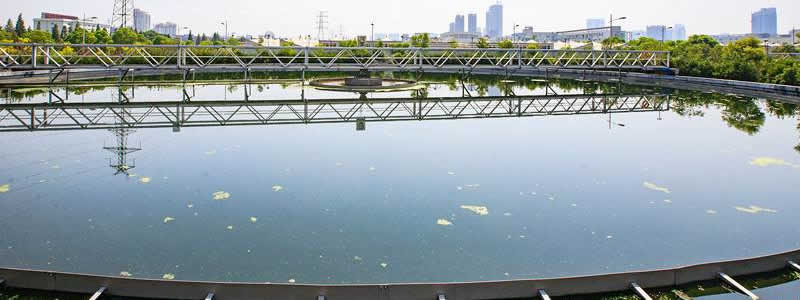
Dadmac synthesis
DADMAC can be used as a material to tynthesis of polydiallyldimethylammonium chloride (polyDADMAC), a water-soluble polymer used world-wide for potable water purification. The special interest in this polymer is the result of its widespread use and the current lack of adequate analytical methods for it. This is especially important for water treatment organisations.
Some expertiser had developed a novel gel permeation chromatography (GPC) method was developed and evaluated for polymer analysis. The scope was extended to determine the presence of unreacted monomer (DADMAC) as well as the percentage active polymer.
polyDADMAC was first prepared using a known synthesis method. The product was purified and characterized by GPC and 13C-NMR spectroscopy. New and conclusive evidence of the existence of a five-member pyrrolidine ring system was obtained. A proposed mechanism of polymerization was determined. The activity of the synthesized polyDADMAC was evaluated and it was found to perform effectively as a coagulant.
The physical and chemical properties of polyDADMAC were then studied under simulated water treatment conditions. The polymer reaction with chlorine revealed the formation of trihalogenated methane compounds (THMs). Gas chromatography–mass spectrometry (GC–MS) was used to conclusively identify the formation of chloroform.
The polymer stability under different conditions of heat exposure, UV radiation and pH variations was studied. GPC results indicated that polyDADMAC is a very stable polymer and undergoes structural change only when subjected to extremes of pH, temperature and UV conditions. Results of a short study on microbial degradation indicated growth of the cultures, and subsequent polymer degradation. Reactions of polyDADMAC were concluded with a study of the impact of ozone on polyDADMAC. GPC results indicated a significant change in the ozonated polymer peak profile.
Analytical methods to determine polyDADMAC residues in water were reviewed and critically evaluated. Methods based on complex formation/spectroscopy suffered from severe limitations and produced no meaningful results, contrary to claims made by previous researchers. Colloid titration based on an established method was promising but required extensive modification for quantitative analysis. Finally four novel methods were developed, including: solid phase extraction, membrane filtration-GPC, the HACH complexation method, and a GPC method with indirect UV detection.
The study is concluded with a chemical risk assessment that indicated minimal human health risks associated with the production and use of polyDADMAC.
Please Contact us, if you are in need of this product,
Trought email: tian@chem.net
 Previous
Previous  Next
Next Get answers and advice from people you want it from.